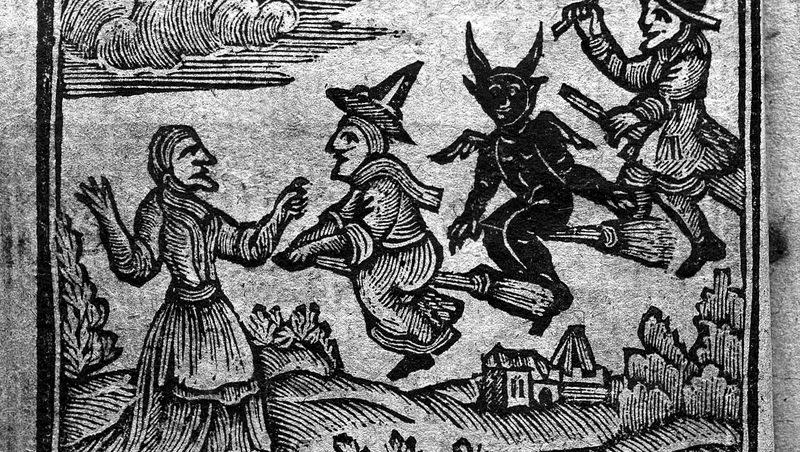Why people accused women of being witches

The witch panics that occurred throughout history had deadly consequences, leading to thousands of executions. Treatises like Heinrich Kramer’s “Malleus Malleficarum” (translated as “Hammer of Witches”), which offered theological justifications for persecuting witches and ways to identify them, rapidly spread throughout Europe, influencing and inciting witch trials to begin. The Salem witch trials, which occurred from 1692 to 1693, offer us a paradigmatic case study.
But why women were accused of witchcraft remains a complicated question.
Related
Kramer wrote about the witch-midwife, whom he classified as the most dangerous witch. Throughout his treatise, he describes witches snatching babies away and using them for ritualistic purposes. Midwives had the closest proximity to childbirth. The idea of the witch-midwife permeated other treatises and literature about witches at the time in the mid 1400s up through the early 1700s, but scholar David Harley determined that the witch-midwife was a fictional idea.
Still, most people accused of witchcraft were women. John Demos analyzed the Salem witch trials and further discovered that many of the men accused of witchcraft happened to be husbands or fathers of alleged witches.
Why people accused women of being witches
Similarities around them are still obscure, but at least in the Salem witch trials, the accused stood out from their Puritan neighbors in some way. Aside from gender, women were often accused because of religion, economic status, age, their influence on society or a combination of all the above. Teenage girls were the more common age group to target, but 4-year-old Dorothy Good was also questioned and accused of being a witch during the Salem witch trials.
Not all witchcraft accusations happened during trials, either. Anne Hutchinson, who began Bible study groups with women in the Massachusetts Bay Colony and started to question some Christian teachings about grace, was accused of engaging in the devil’s work because she helped deliver a stillborn child.
Other girls like Tituba, whose age is unclear, were accused without the accusers giving clear reasons. Tituba was an enslaved woman who was the first accused witch of the Salem witch trials. Historians have considered race as leading to Tituba being accused of witchcraft.
While precise similarities have not been teased out between all the alleged witches, it seems that most factors around witchcraft accusations had to do with power. Women had scant legal power in many societies — when that compounded with economic status, race, religion and women cultivating influence and power where possible, it made women easy targets. They stood out and did not conform with the rest of society.
Cotton Mather, an influential figure in the onset of the Salem witch trials, wrote a treatise on his idea of a virtuous woman. In it, he described how virtuous women were submissive, beautiful, but not too loud and not too immodest. Descriptions of alleged witches often were diametrically opposed to the idea of a submissive woman: these women attempted to stand out or influence society in some way, and they were punished for it.
It’s hard to craft a specific narrative of why women were accused of being witches, but it seems to boil down to women being courageous enough to be different and to claim space in a society that did not offer them legal power or protection.

